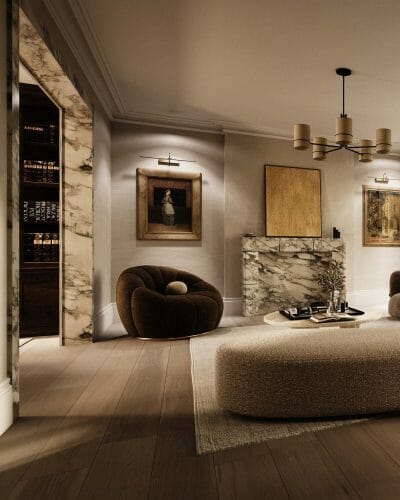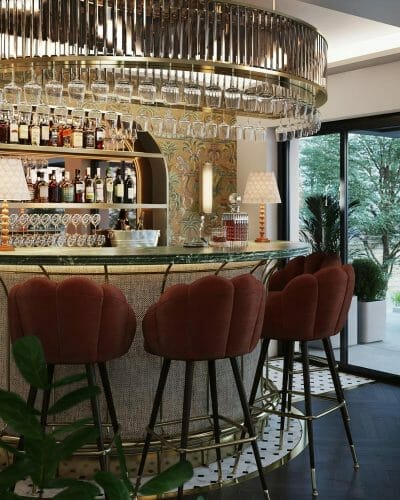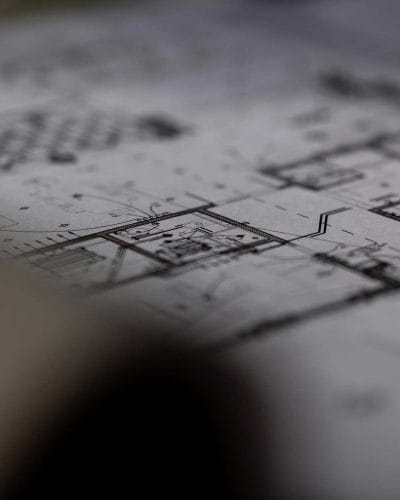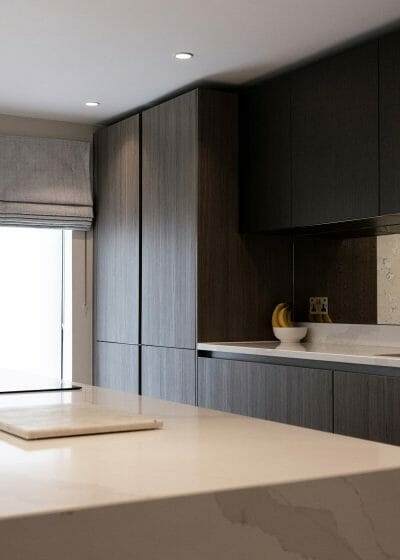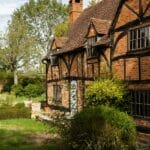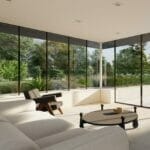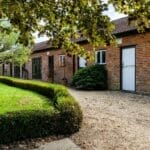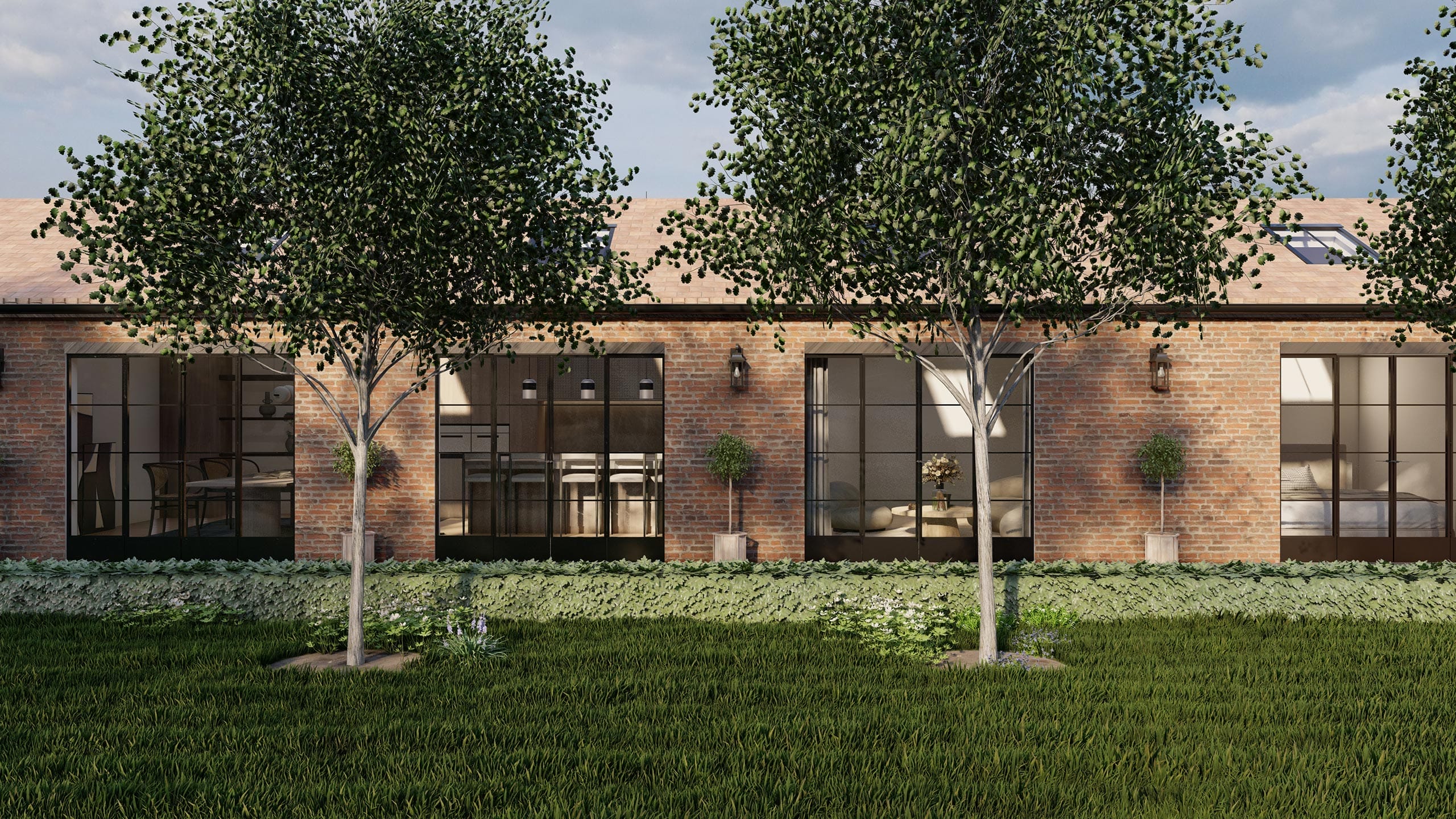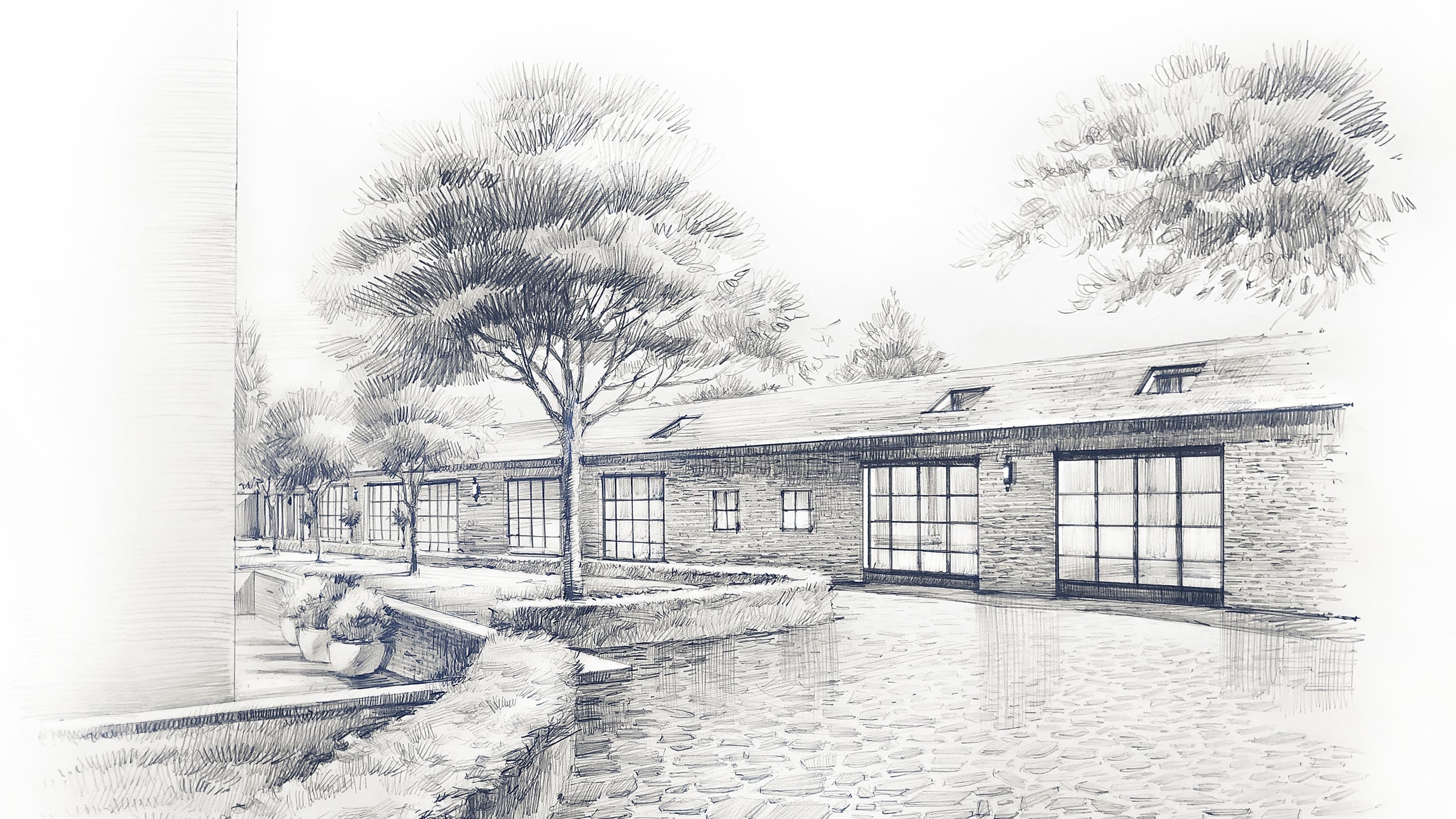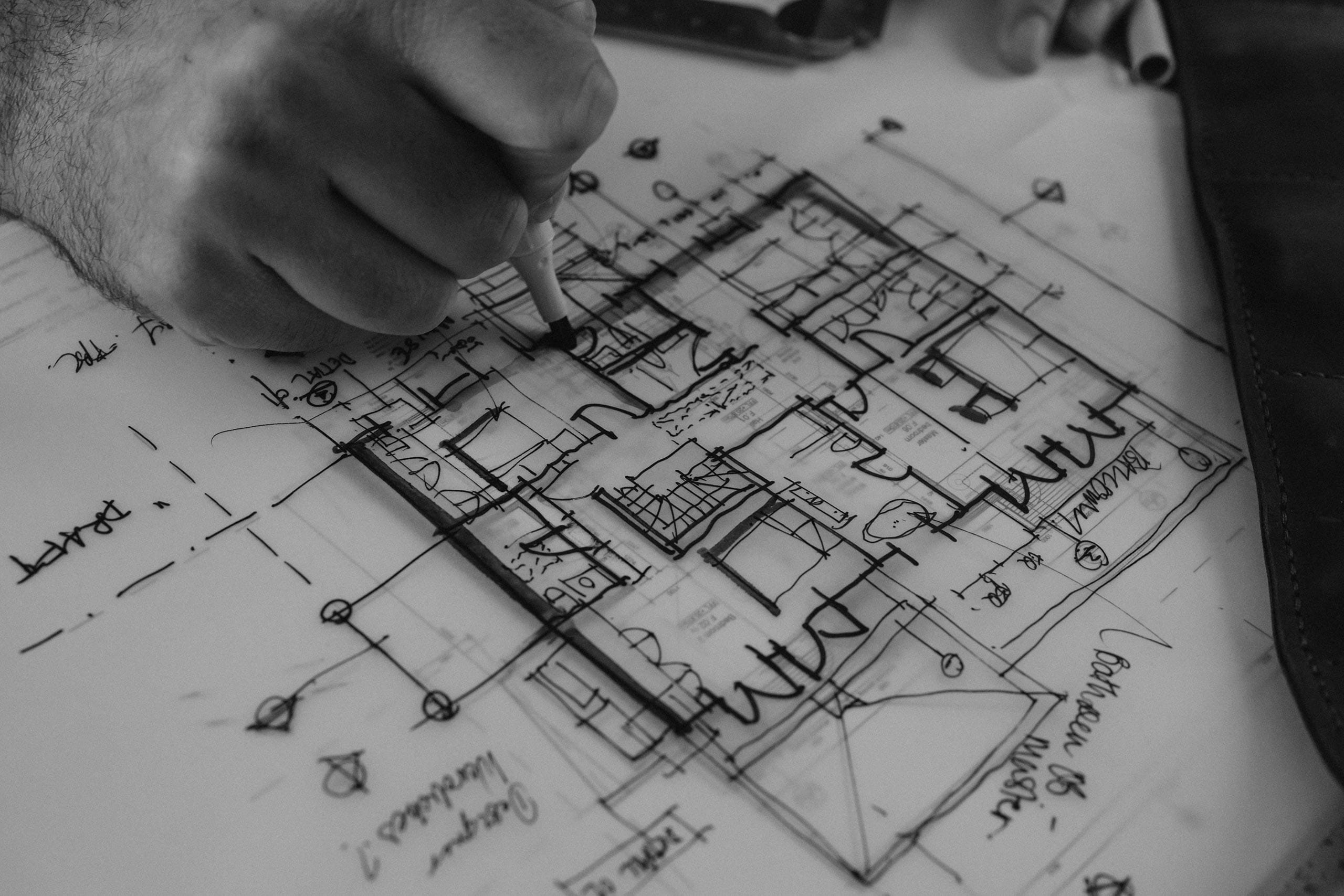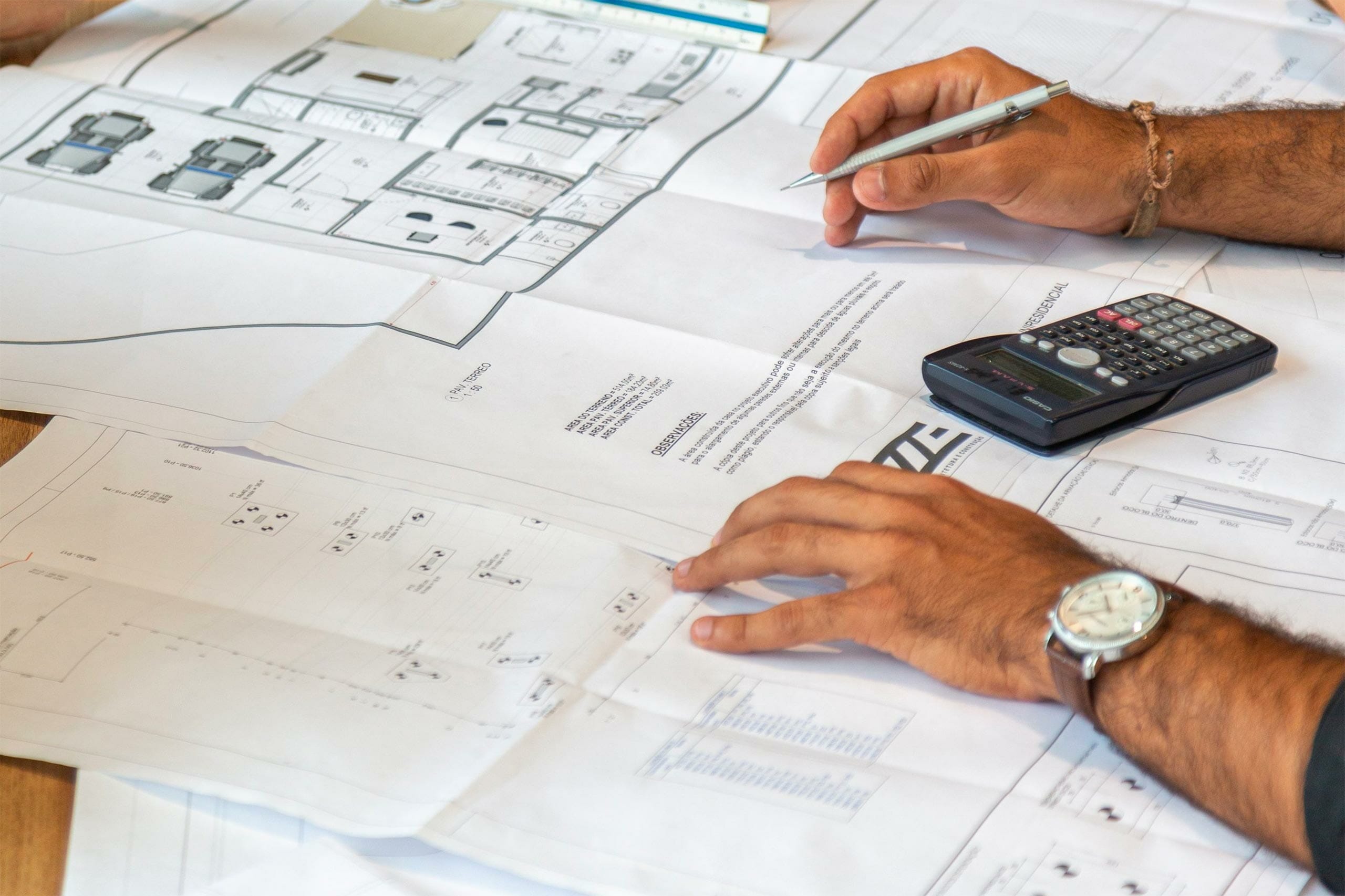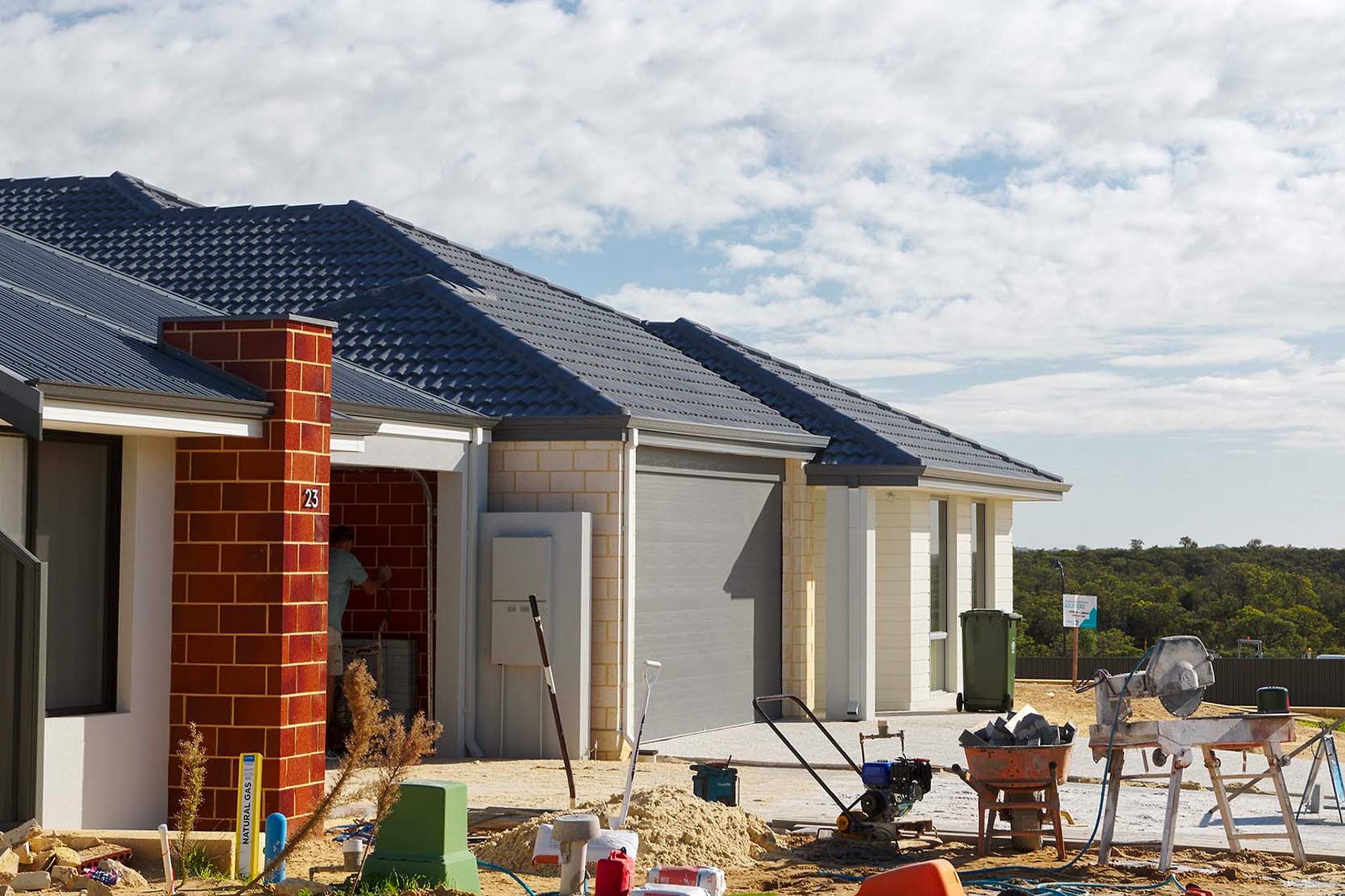How much can I rebuild the existing structure?
Class MB permits reasonable building operations to convert a barn into a house, but with specific guidelines concerning permitted development.
This can be a little tricky and needs to be understood carefully. Barn conversions are categorised under a class designated as “MB”, located in Part 3 of the Second Schedule of the General Permitted Development Order which allow you to convert your barn into a dwelling if:
1) The barn has been built by 20th March 2013 and if it is a new barn, it needs to have existed ONLY as an agricultural building for at least 10 years.
2) Internally, the conversion does not exceed 465m2 of total floor area
3) The 465m2 can be divided into a max of 5 dwellings
4) The site must be agricultural land and have ONLY have been used for agricultural purposes
5) Landowners have the express consent of their tenants if the site is subject to agricultural tenancy.
It is very important to note, you must get a prior notification from the Council before carrying out any building works that would change the use of the barn to something else, even if the scheme falls under permitted development rights.
What does a prior approval application under Class Q look like?
As mentioned, while you do not have to follow the traditional route of submitting all the documents for a full planning application, the Class Q route can be quite tricky as there are a few requirements you need to meet to qualify for Permitted development rights to convert a barn.
In short, the legislation under Class Q specifies a set of conditions that MUST be met before any work on the conversion of the barn can be carried out.
To prove your proposal is legal in line with planning law and is a lawful development, you’ll need to show you have satisfied all the conditions set out under the legislation to ensure your proposal is not rejected.
As of recent, the following need to be submitted for a prior approval application under Class Q:
1) A detailed set of proposed drawings: Floor Plans, Elevations, Sections
2) A list of proposed uses for each room specified in the design
3) A daylight assessment
4) Dimensions of proposed doors, windows and walls
5) Compliance with minimum space standards for all habitable rooms.
What are the criteria my barn needs to fall under to qualify for permitted development rights?
1) The barn must have been used for agricultural purposes on 20th March 2013 or within 10 years from when you have decided to carry out your conversion scheme
2) The barn cannot be listed (if it is you will need to go down the traditional route with submitting a full application and listed building consent)
3) The barn cannot be in a conservation area or an area designated for outstanding beauty (AONB) If it is, it does not qualify for PD rights.
4) The building must be a conversion and not look anything like a new-build scheme – the application should demonstrate that it will be reusing/repurposing the existing barn to create a dwelling house.
5) The barn must reflect the original use ensuring that the overall character of the conversion distinctly echoes its prior function as an agricultural structure or barn. Windows and doors are permissible but they should only be incorporated where deemed necessary.
Do I need planning permission for barn conversion?
There are a strict set of criteria your barn needs to fall under to qualify for PD rights. If it doesn’t satisfy all of these, it will need to be submitted to ensure lawful development.
A key example of when a full planning application needs to be submitted is if the barn is situated within a conservation area or Area of Outstanding natural beauty.
When putting together a full planning application under these conditions (i.e if its in a conservation area) you will need a very strong justification showing the proposal and its planning merit and why you think this proposal is justified on protected land. The proposal must be in line with planning legislation of at all levels including the NPPF.
Your application should justify that the proposal is in keeping with its be in keeping with its original surroundings, maintain the character of the original building respect protected wildlife species and their habitats of the existing building and it shows respect of any protected wildlife and their habitats.
While indeed it is not impossible to gain permission via the traditional route of submitting a planning application, this will enable more local authority power where the local planning authority will have more of a say in the design. This can turn into a lengthy battle in securing permission to convert your structure from agricultural use to residential use.
Building regulations – Do I need to apply for these?
Most definitely! Building control approval is also required and should not be thought of as just another form! Building regulations are extremely important to ensure safety and quality of your works and are separate from applications with local authorities.
Obtaining building regulations will ensure a safe conversion of your agricultural structures to residential units that meet all required standards.
How to budget for your works
How can you estimate initial costs for an agricultural conversion in the UK?
For an initial budget, an estimated cost starts at around £1,700 per square metre.
As each barn can vary in some many different ways, possessing their own individual challenges, it may be hard to set an initial budget.
Consequently, the estimated conversion cost can significantly vary from £150,000 for small barns to £400,000 for larger ones.
Again, this will be a very rough estimate as finishes added to the interiors can drive the costs up and if any serious structural changes will be required.
Selecting professionals for your barn conversion
What is the role of architectural designers in barn conversions?
The pivotal choice for you is selecting the right architectural designer for your design, specifically those who are seasoned in barn conversions. They will be able to help manage the project from start to finish, it all depends on how involved you would like them to be. You will also most probably need to bring a structural engineer on board.
Designing your barn
Can you extend a barn conversion?
Extensive changes to barns may face resistance from the local authorities, yet approval for smaller, subordinate extensions is more possible. The key lies in ensuring that any new additions align with the barn’s scale and style, demonstrating sensitivity to the existing fabric.
Barn conversion before and after
Check out some before and after barn conversions here to see what the possibilities could be!


